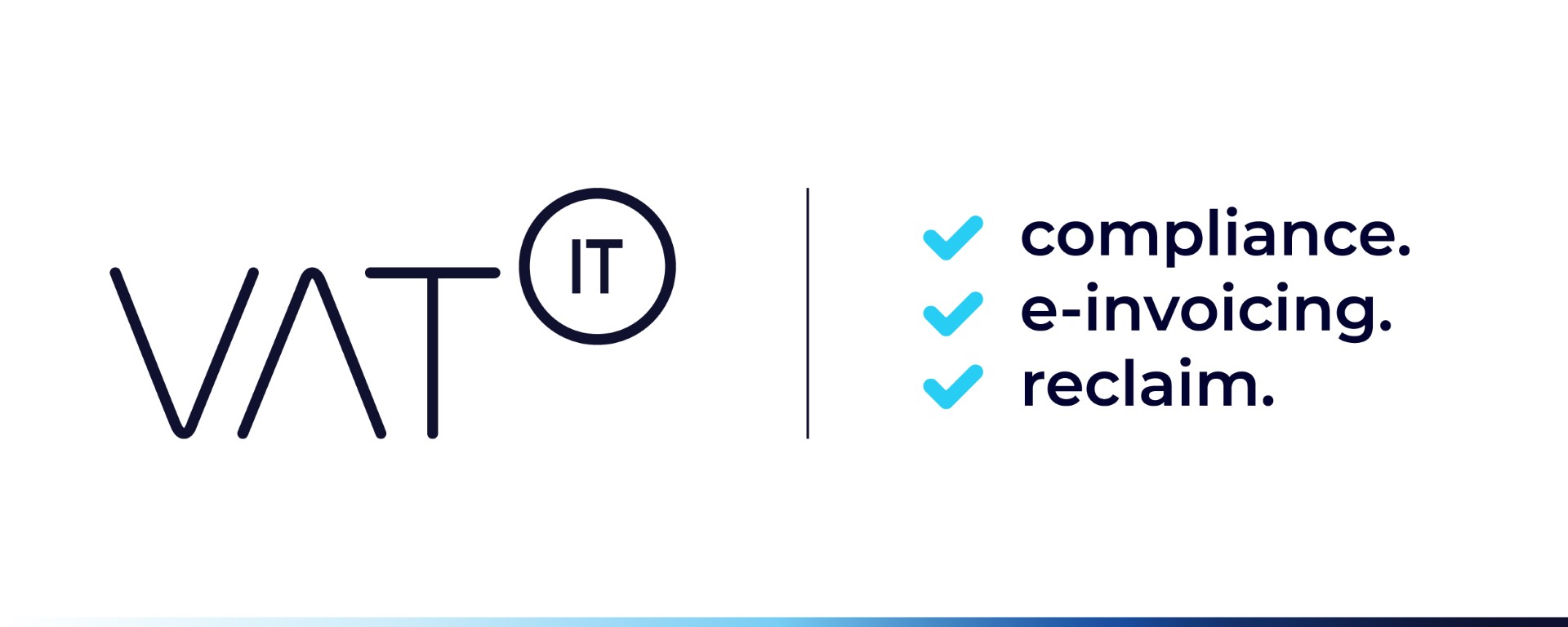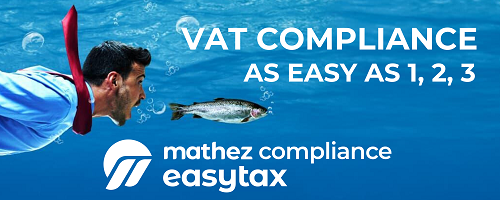The National Tax and Customs Administration introduced the electronic VAT system on 1 January 2024 to streamline the VAT return process. It allows businesses to submit VAT returns electronically, either through the traditional form, the eVAT interface, or machine-to-machine communication. The system is based on standard tax codes and VAT analytics. It benefits businesses by reducing administrative burden, enabling faster and more accurate reporting, and minimizing the risk of tax audits. Additionally, taxpayers using the eVAT system are exempt from providing M-form data and may receive a grace period for tax return checks. Self-revision of the VAT return is also possible through the electronic interface. Businesses can seek assistance for pre-deployment advice, setting up the new system, auditing compliance with legal requirements, and reviewing existing systems for improvement.
Source VGD
Latest Posts in "Hungary"
- Briefing Document & Podcast: Hungary’s Digital Tax Reporting Landscape: E‑Invoicing, E‑Reporting, SAF-T and E‑Transport
- Hungary’s Carbon Tax Conflicts with EU Emissions Trading System Directive 2003/87
- Hungary Issues VAT Group Succession Guidelines Covering Transition Period Requirements
- ECJ Rules VAT Refund Administration Fees Taxable in Hungary for Non-EU Customers
- New Hungarian VAT Guidelines for Accommodation Cancellations: Key Insights and Provider Actions














